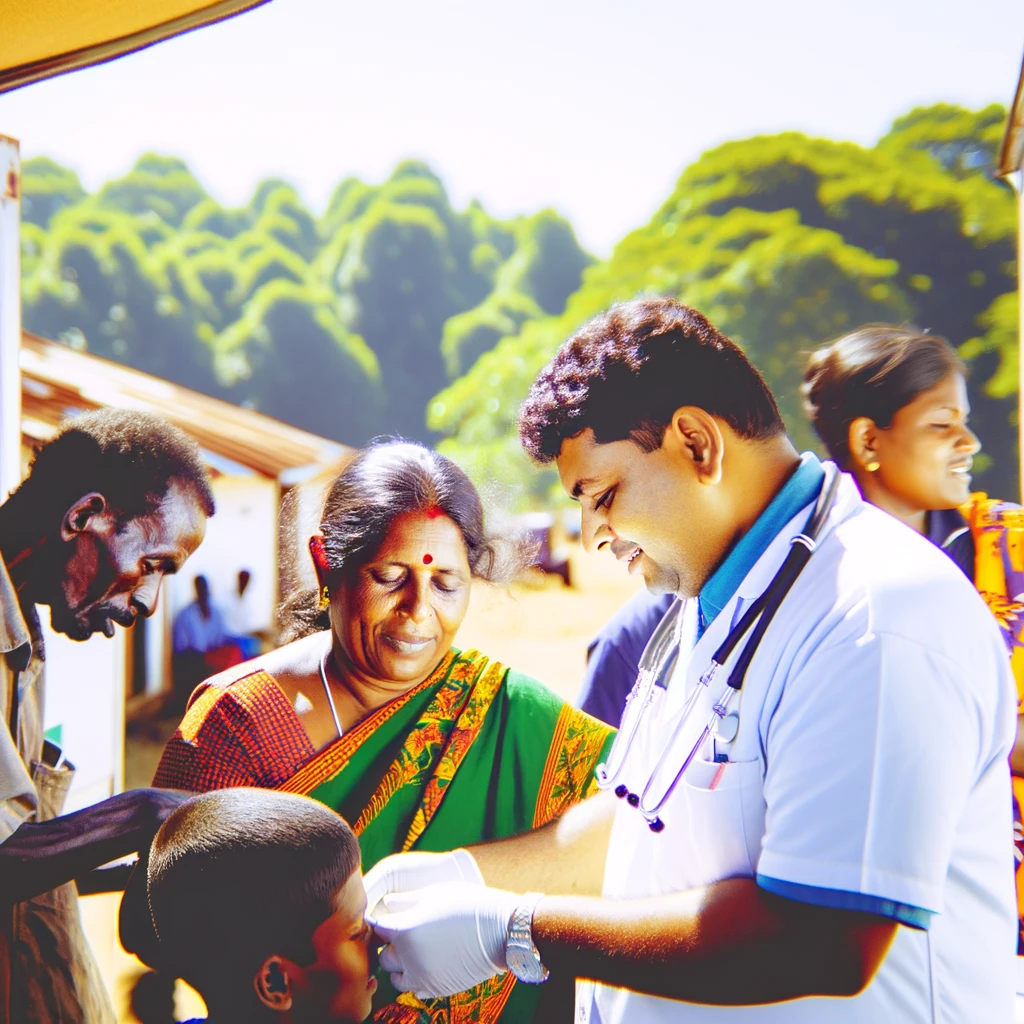
The Future of Telemedicine: Bridging the Gap in Healthcare Access
Telemedicine, the remote diagnosis and treatment of patients through telecommunications technology, has been a game-changer in the healthcare industry. This innovative approach has the potential to bridge significant gaps in healthcare access, making it a pivotal tool for the future. As the world becomes increasingly digital, telemedicine is poised to revolutionize the way healthcare is delivered.
Understanding Telemedicine
Telemedicine involves the use of digital information and communication technologies to provide and support healthcare when distance separates the participants. It includes a variety of applications and services using two-way video, email, smartphones, wireless tools, and other forms of telecommunications technology.
Key Components of Telemedicine
- Teleconsultation: Virtual meetings between patients and healthcare providers.
- Telemonitoring: Remote monitoring of patients' health data.
- Tele-education: Online training and education for healthcare professionals.
Benefits of Telemedicine
Telemedicine offers numerous advantages that contribute to its growing popularity:
Increased Accessibility
Telemedicine makes healthcare more accessible, especially for people living in remote areas. Patients no longer need to travel long distances to see a specialist or receive care, which is particularly beneficial for those with mobility issues.
Cost-Effectiveness
By reducing the need for physical infrastructure and in-person visits, telemedicine can significantly lower healthcare costs. Patients save money on travel expenses, and healthcare providers can reduce overheads related to maintaining physical offices.
Enhanced Patient Engagement
Telemedicine empowers patients by giving them easier access to their healthcare providers, which can improve adherence to treatment plans and lead to better health outcomes.
Challenges Facing Telemedicine
Despite its advantages, telemedicine also faces several challenges:
Regulatory Hurdles
The regulatory environment for telemedicine is complex, with different rules and standards across regions and countries. This can create barriers to international telemedicine services.
Technology Barriers
Not all patients have access to the necessary technology or reliable internet connections, which can limit the reach of telemedicine services. Additionally, there are concerns about data security and privacy that need to be addressed.
Quality of Care
Ensuring that telemedicine provides the same quality of care as traditional in-person visits is crucial. This requires ongoing training for healthcare providers and continuous evaluation of telemedicine practices.
The Future of Telemedicine
The future of telemedicine looks promising, with several trends likely to shape its development:
Integration with AI and Machine Learning
Artificial intelligence and machine learning can enhance telemedicine by providing more accurate diagnostics and personalized treatment plans. These technologies can also help in managing large volumes of patient data more efficiently.
Expansion of Telehealth Services
The range of telehealth services is expected to expand, with more specialties and types of care becoming available remotely. This expansion will require continuous innovation and adaptation by healthcare providers.
Improved Interoperability
Efforts to improve the interoperability of electronic health records (EHRs) will facilitate better data sharing and coordination of care across different telemedicine platforms and providers.
In conclusion, telemedicine holds immense potential to transform healthcare delivery by making it more accessible, cost-effective, and patient-centered. As technology continues to advance, and as regulatory environments adapt, telemedicine will likely become an integral part of the healthcare landscape, bridging gaps in access and improving health outcomes worldwide.
Related Articles





